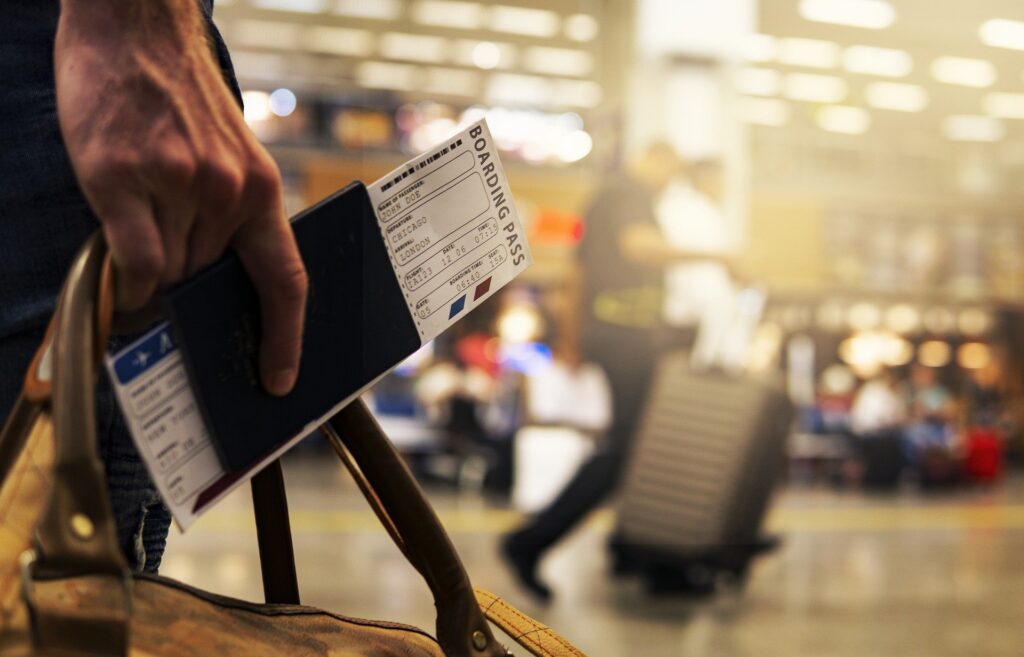More expensive vignettes, new currencies and changes in border controls. 2023 will bring some changes when travelling by car.
The enormous inflation is currently hitting the population hard. Car drivers, in particular, can prepare themselves for significantly higher costs next year. Fuel tax, NoVA, engine tax, insurance, the vignette or speeding fines – prices will increase almost everywhere for motorists in 2023. An overview is available here.
But in Austria and abroad, there will be some changes in the coming year. These are not only price-related but also of a completely different nature. The ÖAMTC has therefore compiled an overview. “Many will feel the strong price increase of the Hungarian vignette – the monthly vignette, for example, will be 70 percent more expensive,” says ÖAMTC tourism expert Dagmar Redel.
There will also be changes in Italy and Croatia: Croatia joins the Schengen area and introduces the euro – a relief for many travellers.
At the turn of the year, there will be significant price increases for freeway toll stickers in neighbouring countries. In Hungary, the monthly toll sticker for passenger cars will increase by 70 percent to 8,900 forints (about 21 euros), while the weekly toll sticker will now cost 5,500 forints (about 13 euros), an increase of 44 percent. The five percent price increase for the annual vignette, which now costs 49,190 forints (119 euros), is comparatively moderate.
In neighbouring Slovakia, the ten-day vignette will increase in price from ten to twelve euros, the monthly vignette from 14 to 17 euros and the annual vignette from 50 to 60 euros.
Switzerland will get an electronic vignette in 2023. Similar to Austria, a parallel operation is planned – both adhesive and e-vignette will be available.
The innovations in 2023 for Croatia are a relief for many travellers: no more money exchange, and the controls at the borders are histories to the previous extent. Croatia will join the Schengen area on January 1, 2023, and the euro will replace the kuna as its currency. Until January 14, both coins can be used in parallel; from January 15, only payment in euros will be accepted. “After that, money exchange will only be possible in Croatia itself. Croatian commercial banks change remainder to end 2023, starting from 2024 one would have to turn to the Croatian central bank”, knows the tourism expert of the mobility club.
Venice (Italy) is for many travellers with the car a trip worth – the entrance fee for Tagesestourist: originally planned to start from January 16, 2023 is shifted around half a year. Then, entry to the city without an overnight stay will only be possible after purchasing an online ticket. The price will be between three and ten euros.
This post has already been read 995 times!



